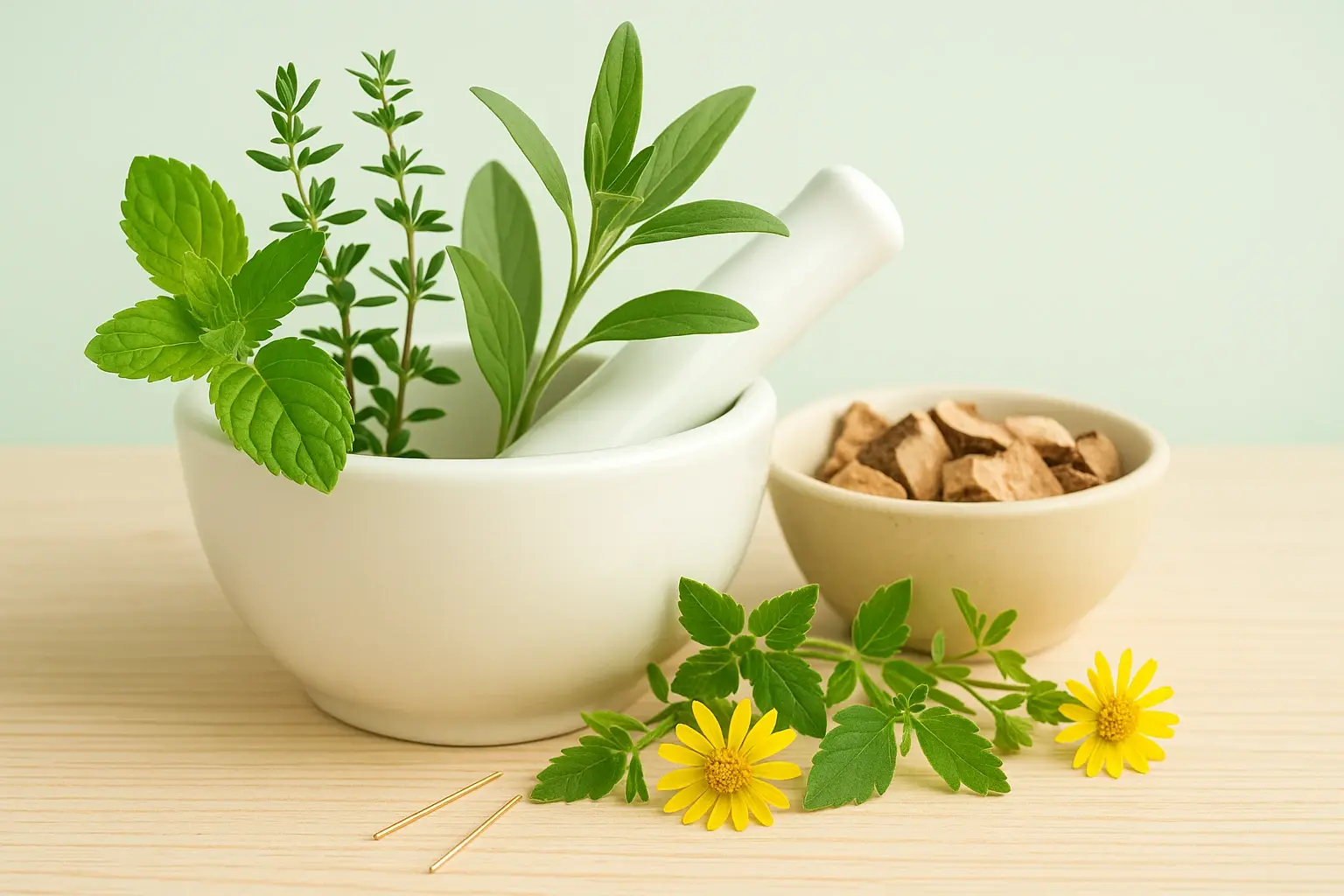Treatments and care in Geneva | MTC Santé
Traditional care for modern needs
Our practice offers a range of treatments based on traditional Chinese medicine (TCM), tailored to each patient and based on a personalised, holistic approach.
Indications & benefits
Traditional Chinese Medicine is ideal for treating many syndromes.
The doctor excels particularly in the treatment of the following conditions:
- stress, anxiety
- chronic fatigue, insomnia
- sleepwalking
- depression
- gastritis enteritis (stomach pain, constipation, diarrhoea, bloating, indigestion)
- overweight, obesity
- shoulder, neck, back, lumbar and knee pain (epicondylitis, herniated disc, osteoarthritis, disc disease, fibromyalgia, sciatica, muscle fatigue, torticollis, tendonitis, various sprains)
- colds, sinusitis, flu, bronchitis, hay fever, pneumonia asthma
- migraine, headaches, high blood pressure
- infertility, menstrual problems, menopausal symptoms, sexual problems, cystitis
- eczema, shingles, neurodermatitis, herpes, etc.
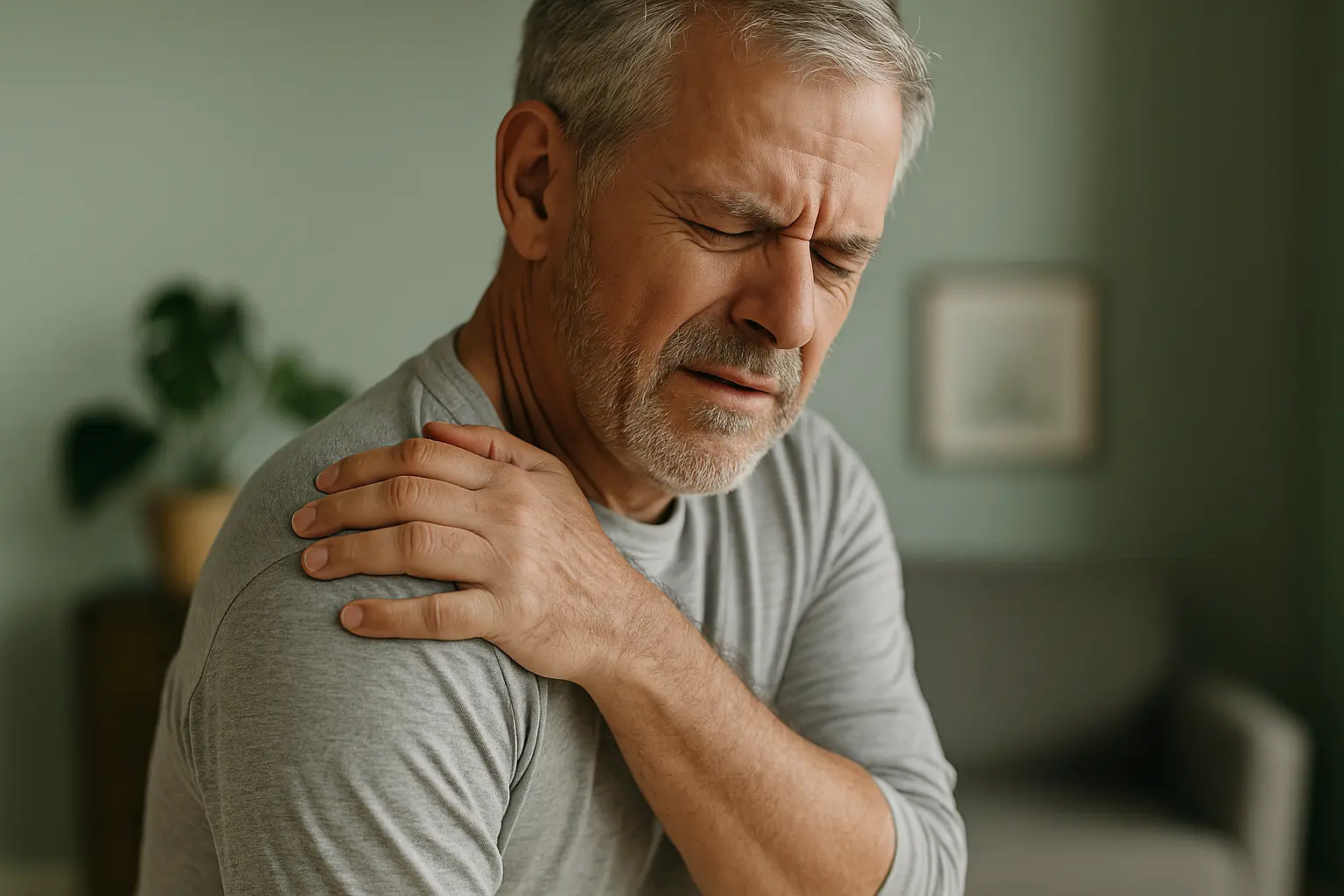
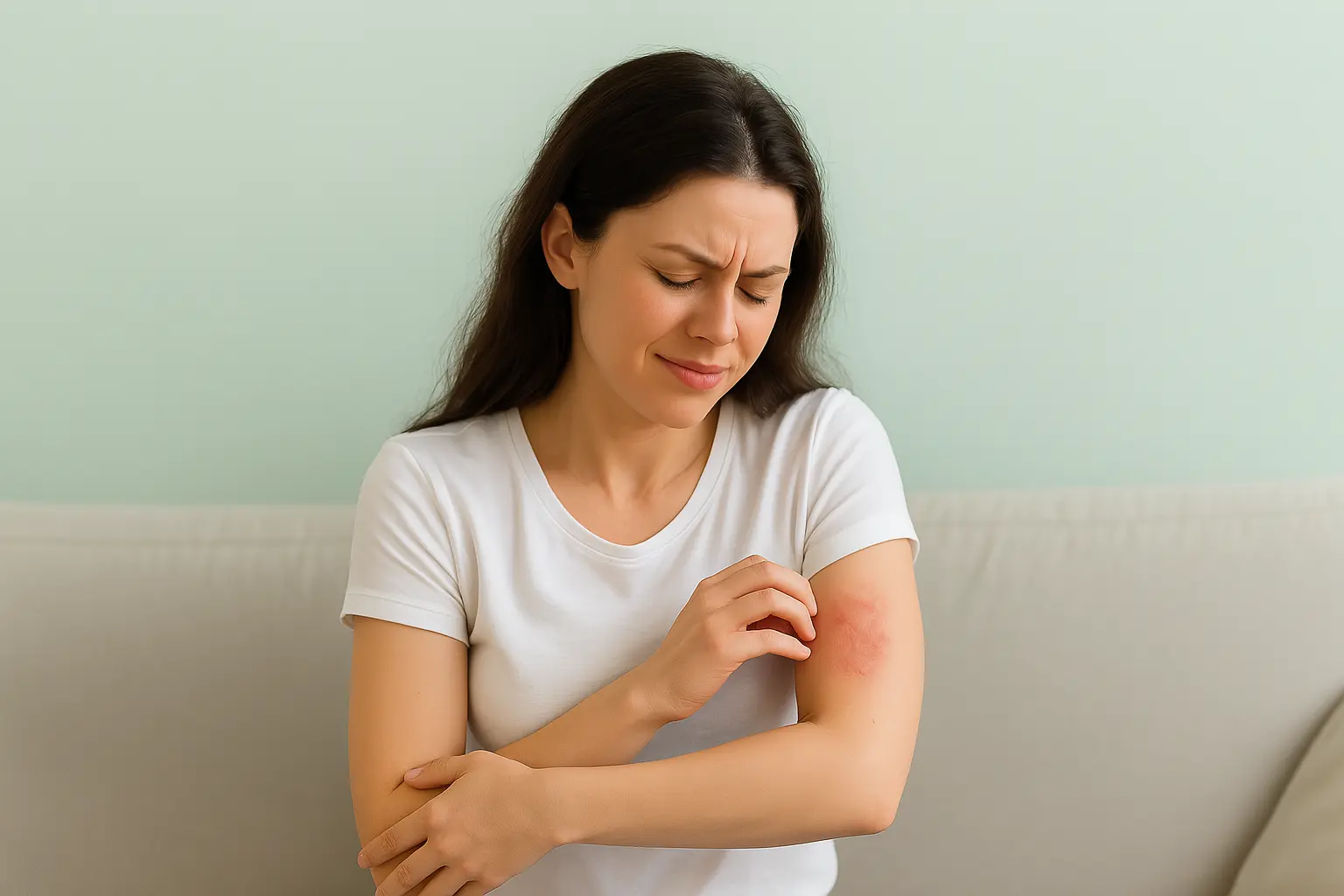
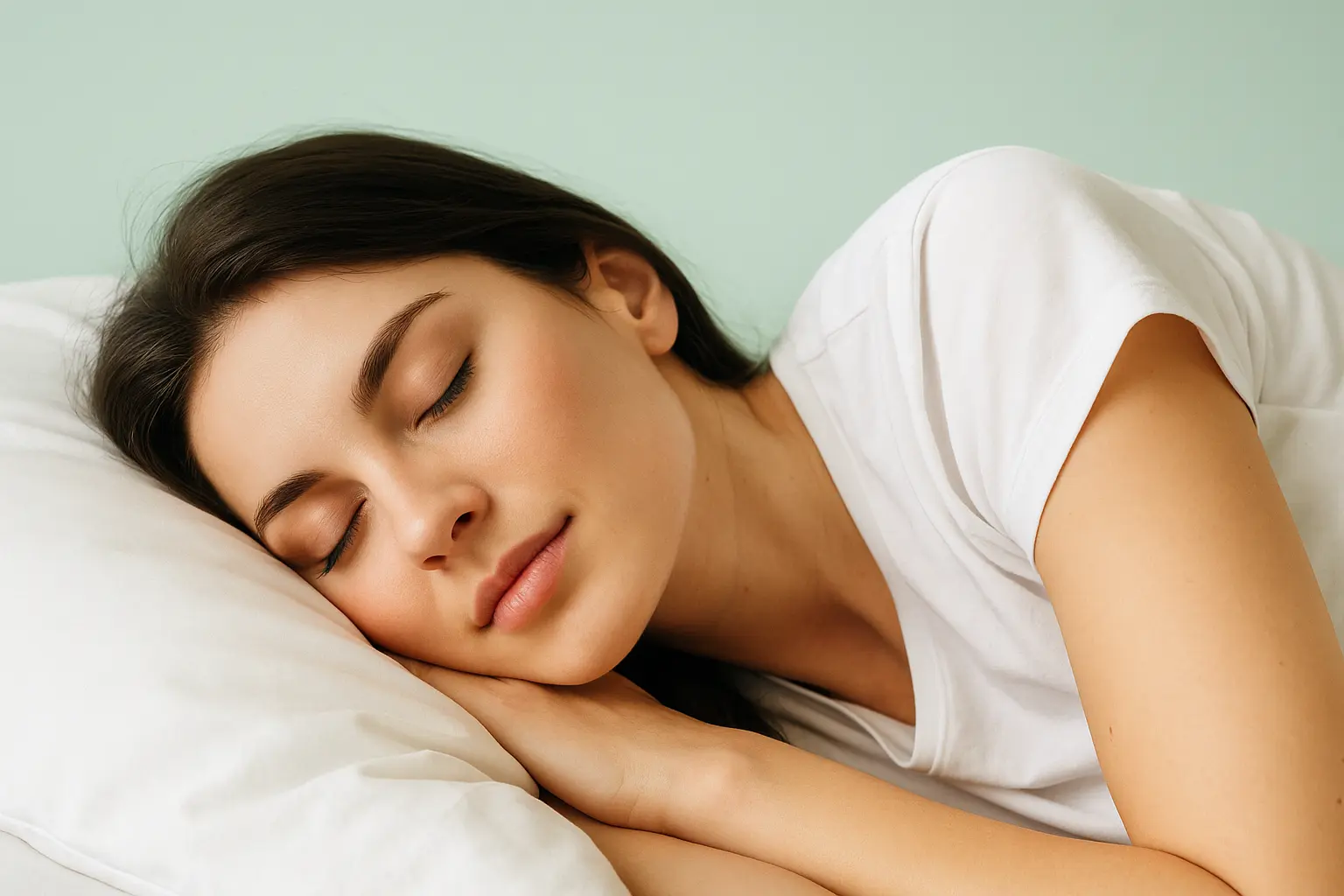
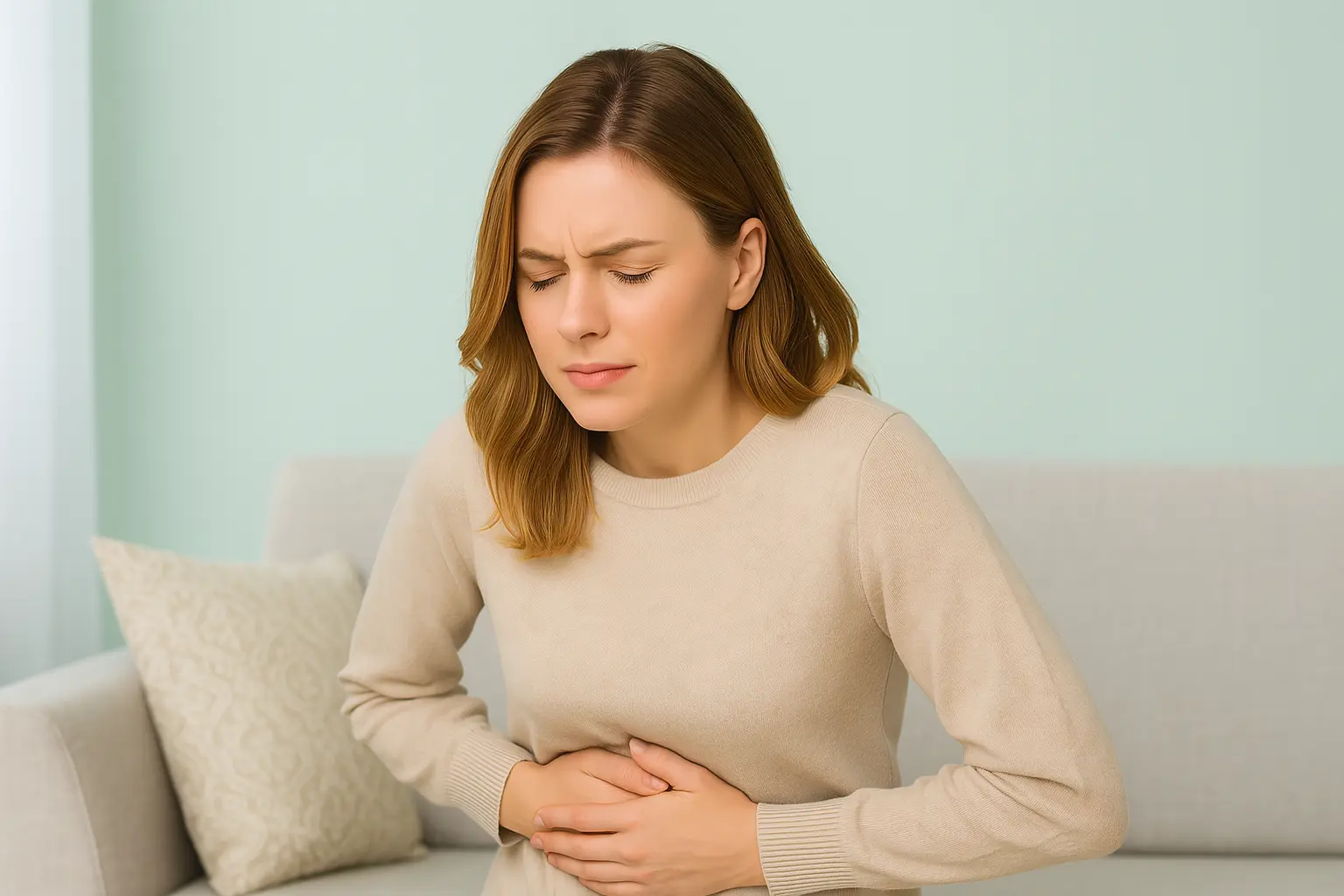
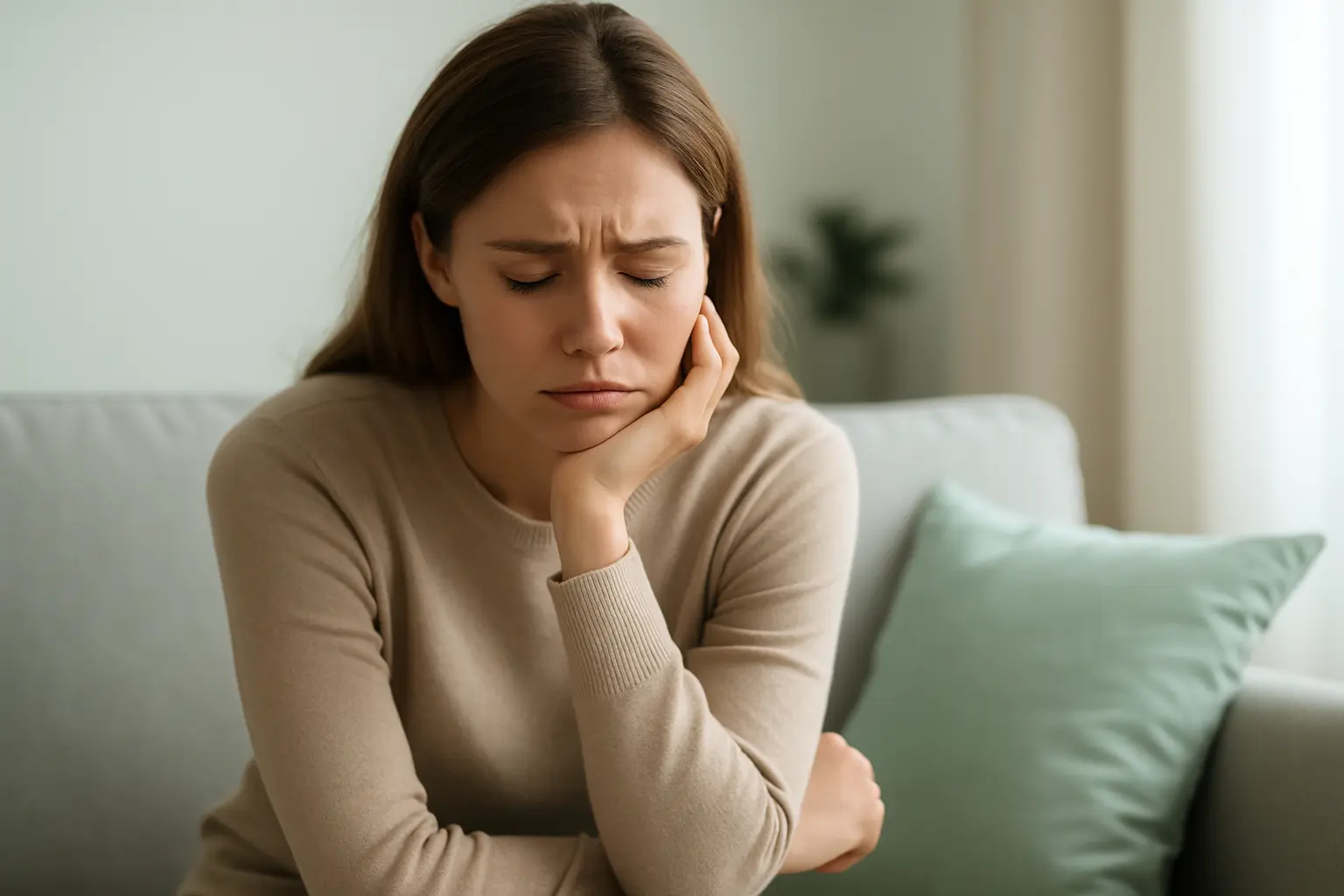
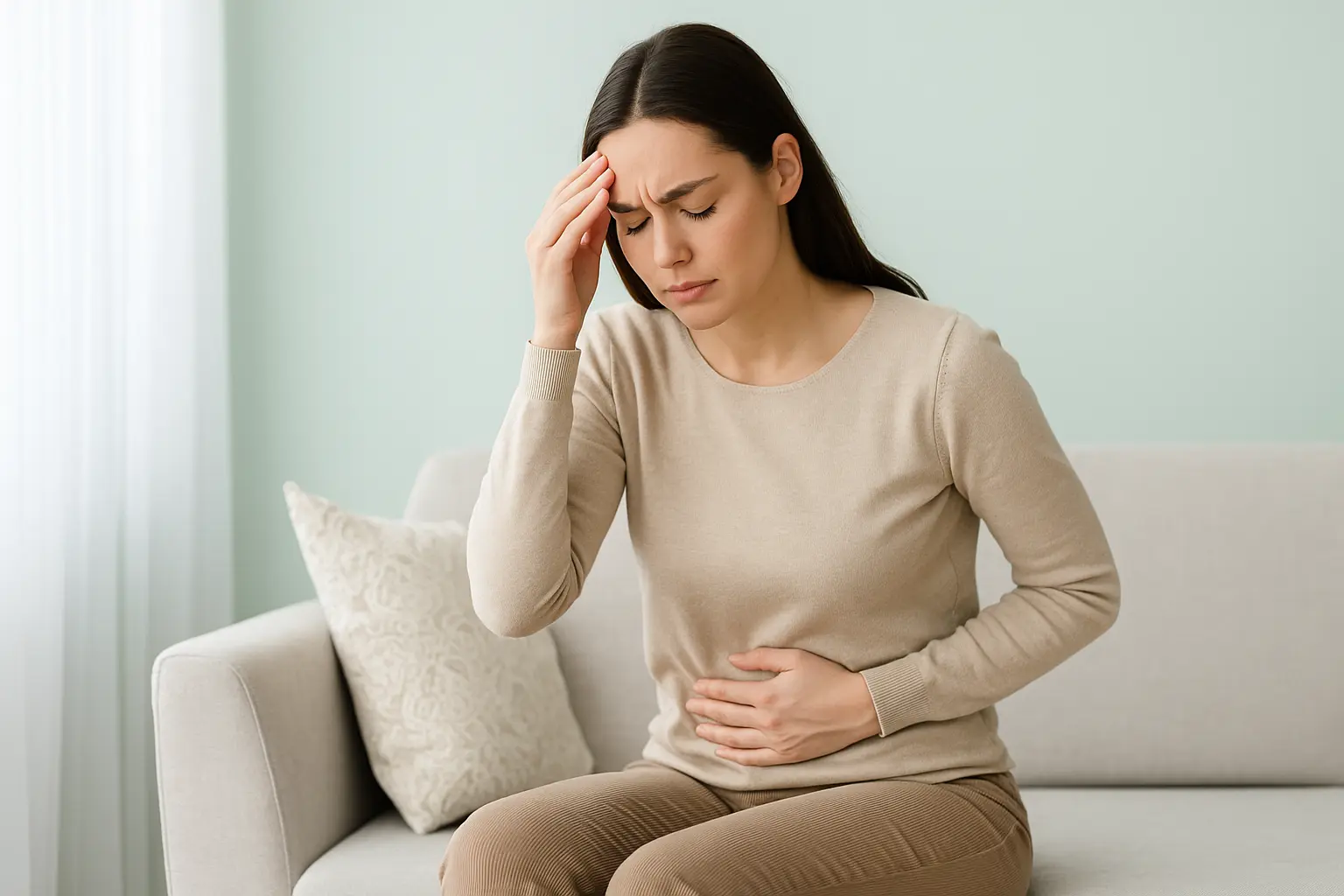
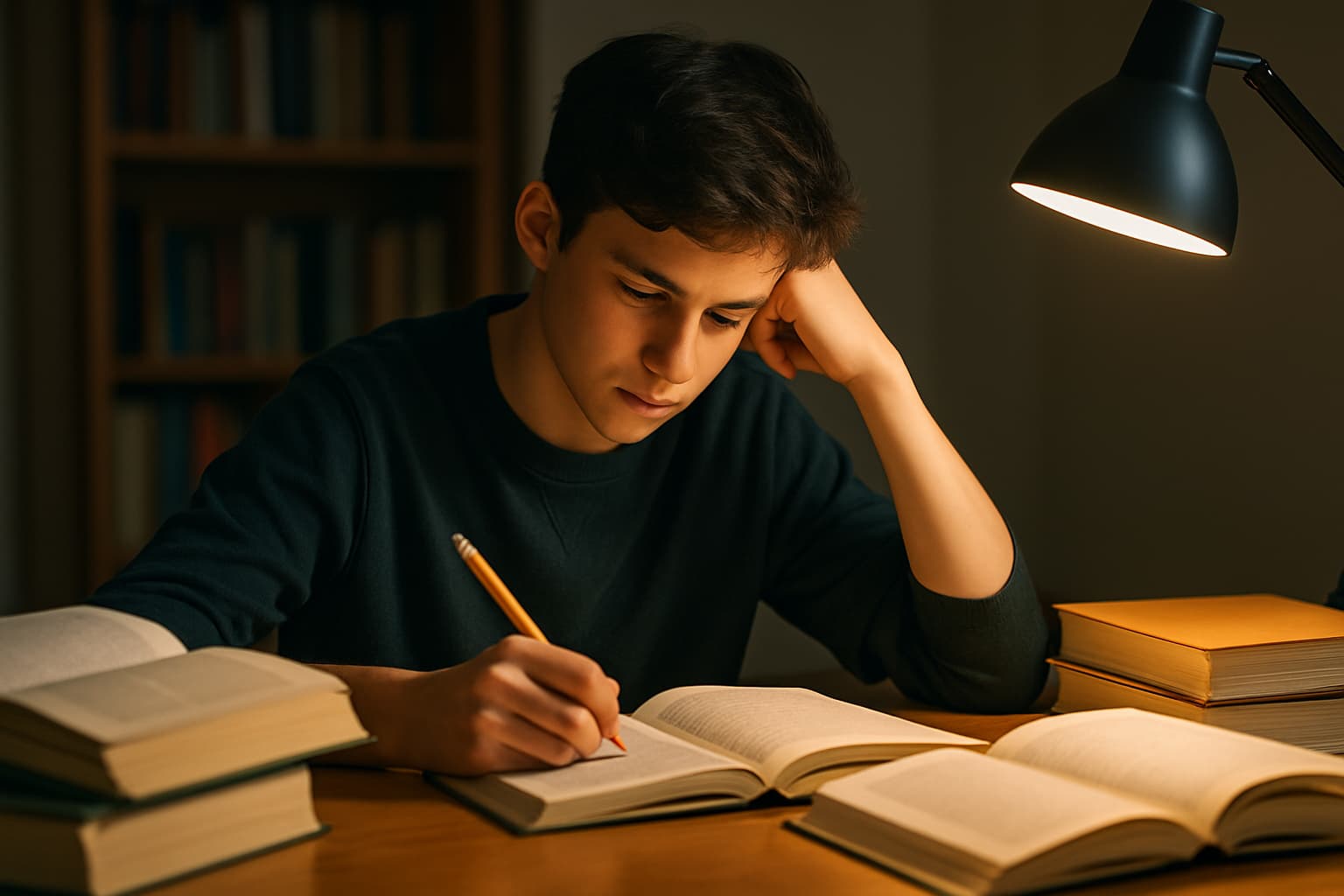
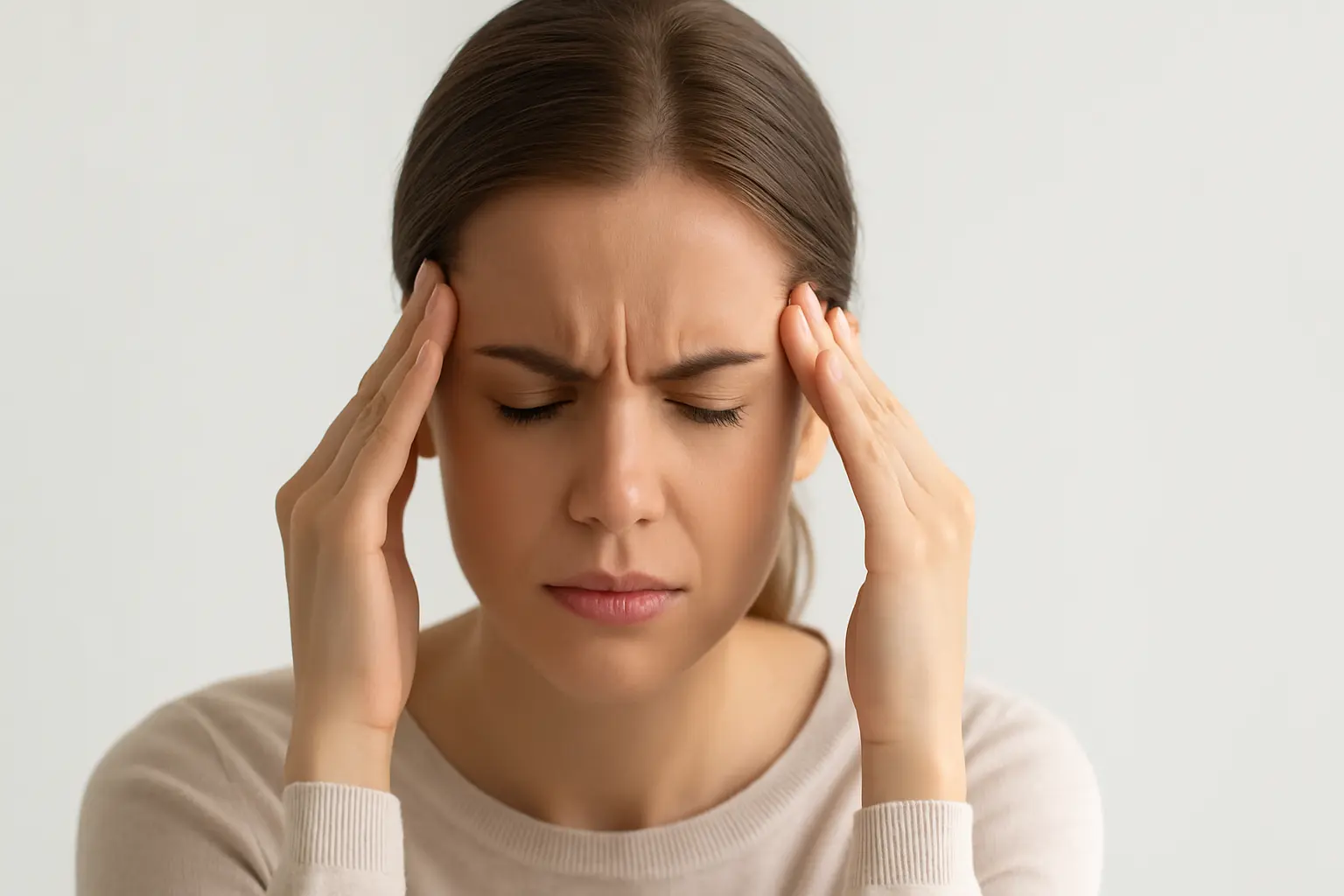
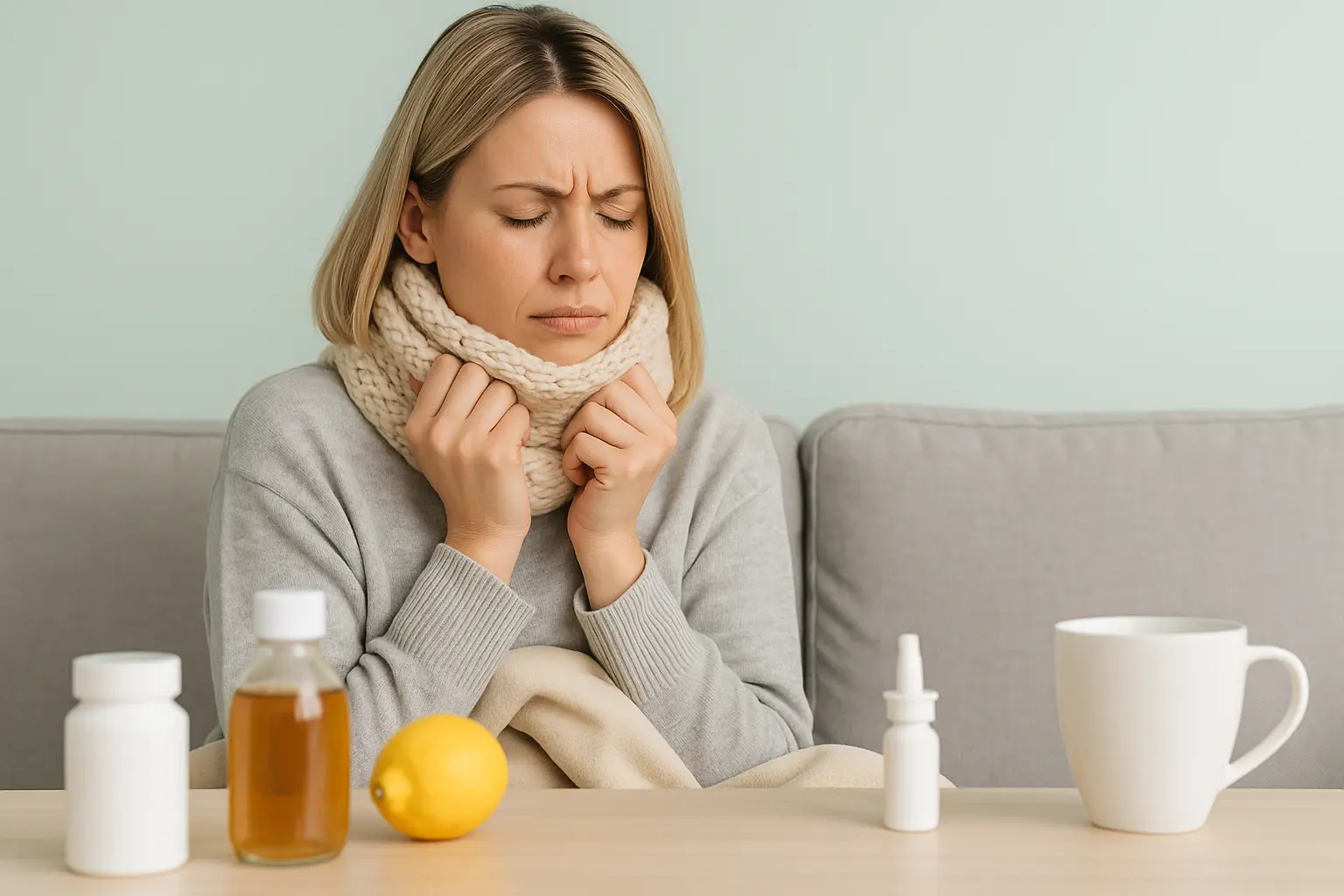
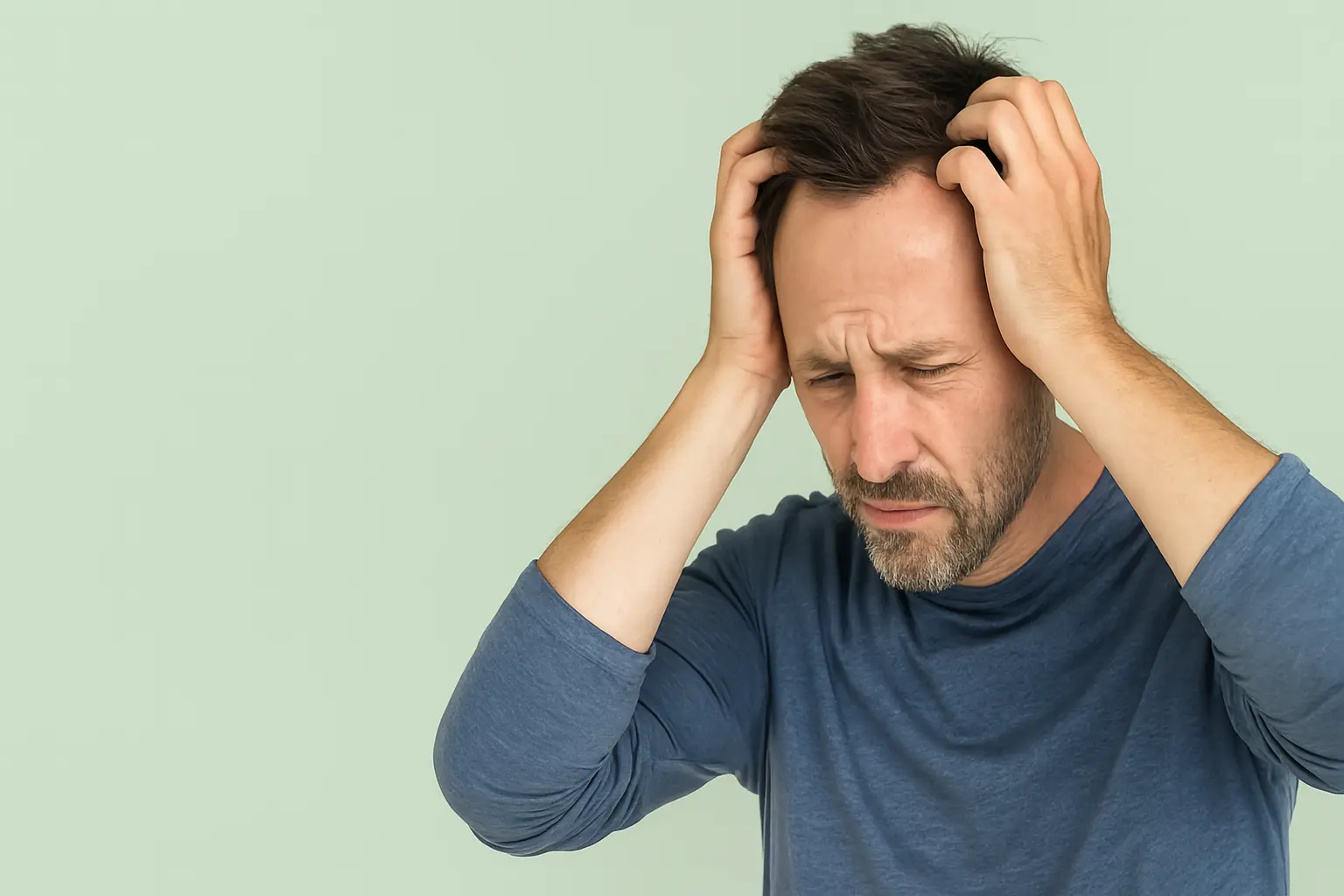
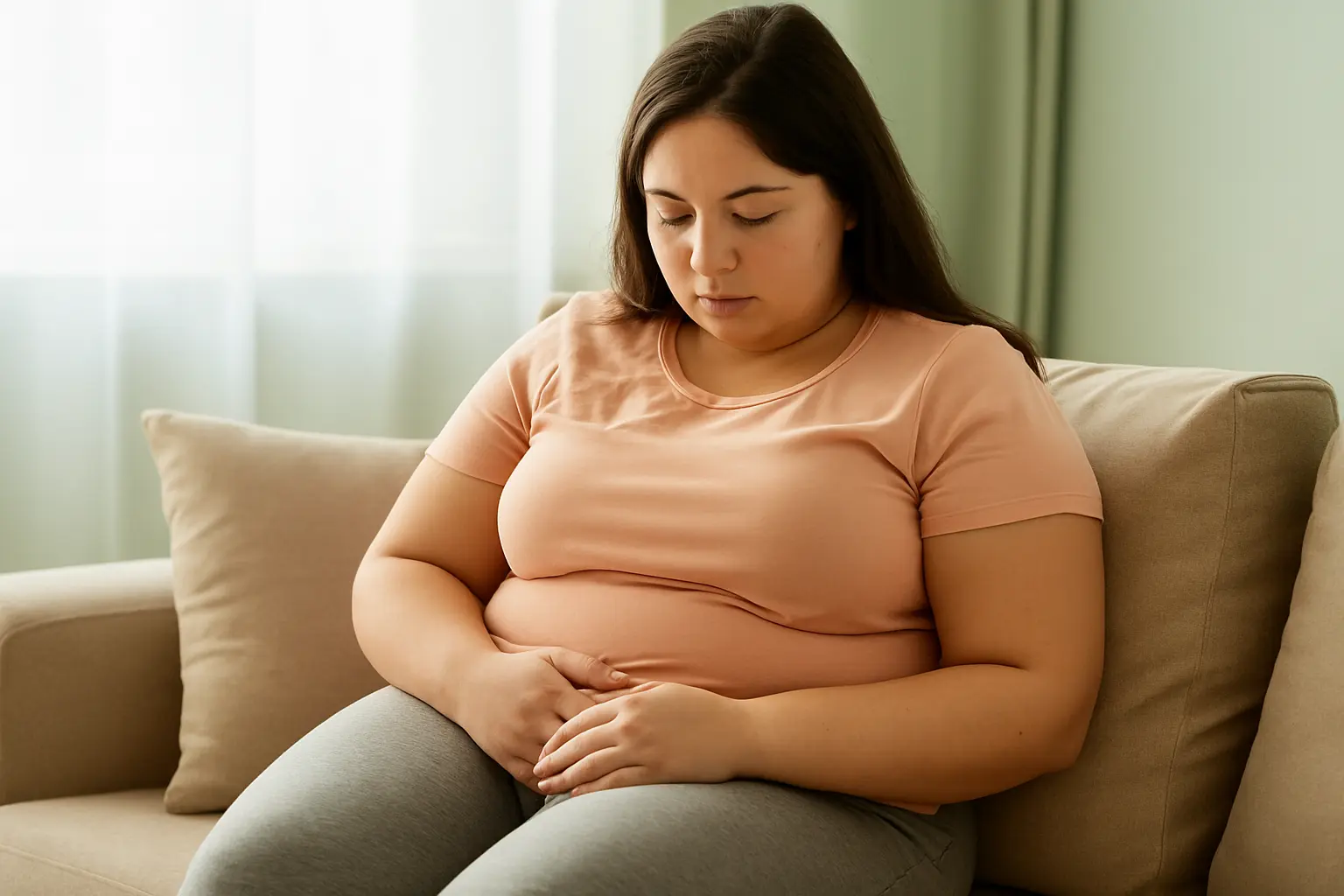
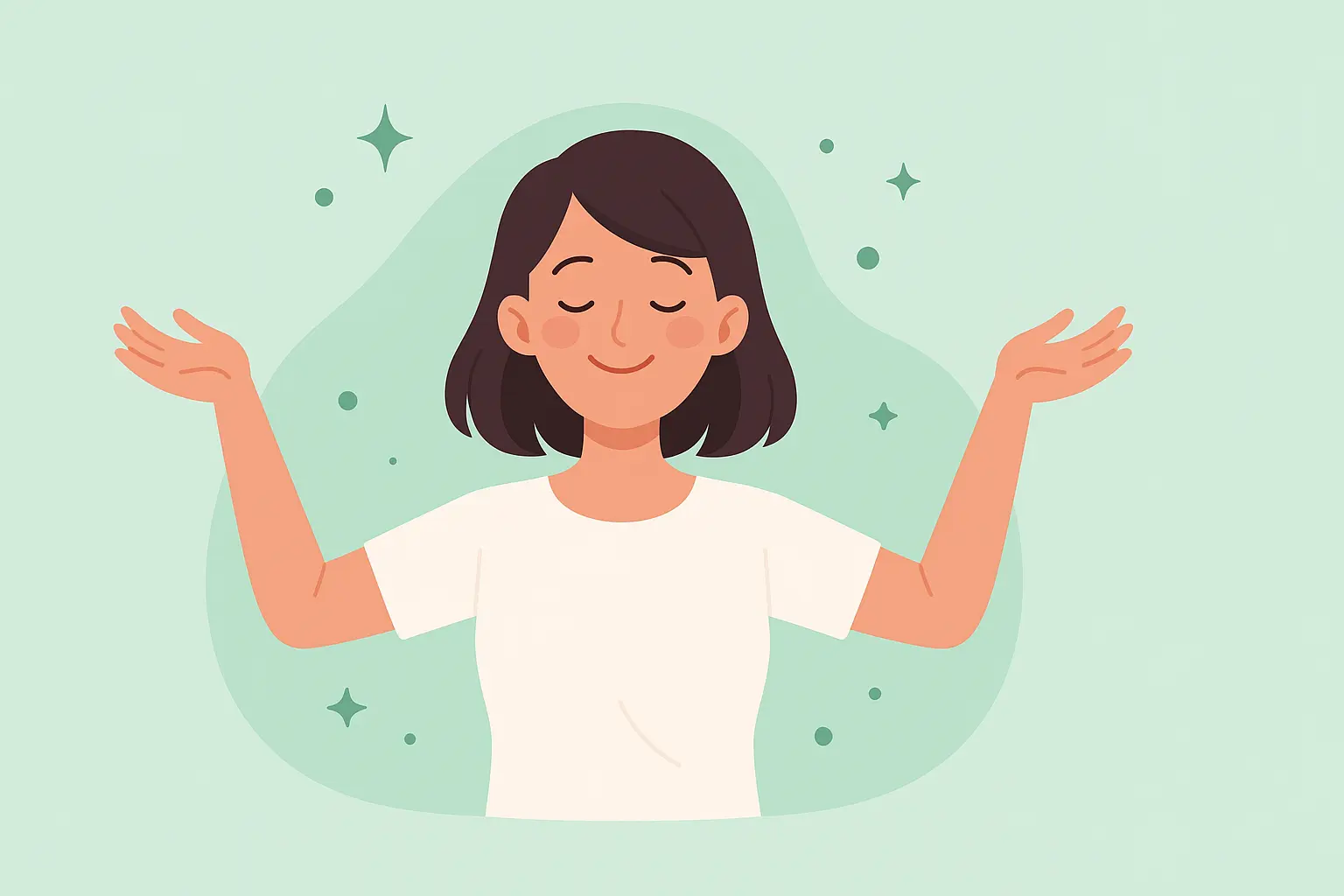
Procedure at the MTC Santé practice
During the first consultation (lasting around 60-75 minutes), the patient is seen by Doctor Qian, who makes a diagnosis using TCM methods.
This is followed by a dialogue with the patient on the methods and duration of the recommended treatment.
Acupuncture treatment generally involves a course of 10 to 20 sessions (45 to 60 minutes per session).
In Traditional Chinese Medicine, there is no such thing as a standard treatment, but rather therapies tailored to each individual, taking account of their specific characteristics.
Diagnosis
Diagnosis is a method of analysing an illness and gathering information about the patient's condition. The main methods of diagnosis in traditional Chinese medicine are observation, auscultation, questioning and palpation. These are known as the four tests.
Observation : Complexion, eyes, nails, hair, breathing, emotional state, faeces and other excretions, etc. The tongue is a major source of information, both because of its volume, shape, colour and texture, and because of the characteristics of the whitish coating that covers it.
Auscultation breath, the sound of your voice, the sound of walking, etc.
Interrogation : Questions about discomfort, family history, sleep, appetite, etc.
Palpation These include skin texture, moisture, temperature and elasticity, muscle tone and tissue excitability. The pulse is also a fundamental method of diagnosis, as it allows us to examine the Qi. Indeed, it is thanks to the strength of the Qi that the blood circulates. The practitioner takes 3 different pulses, with 3 fingers, on the artery of each wrist. The first pulse gives information about the chest, the second about the upper abdomen and the third about the lower abdomen. The left wrist corresponds to the Yin organs and the right wrist to the Yang organs. Different characteristics are attributed to pulses (rapid, floating, percussive, weak, vigorous, fluid, drowned, etc.), each being a clue. Some characteristics can be combined.
To interpret the data, the practitioner must refer to the eight guiding principles: Yin/Yang, Hot/Cold, Empty/Excess, Inner/Outer. With these, he can determine the characteristics (state, quality, situation) of the Qi in the body. These characteristics will enable him to prescribe the most appropriate treatment or treatments, be it a change of diet, acupuncture, moxa or cupping, etc.
Acupuncture
L’Acupuncture involves inserting fine needles into specific points on the body to :
- Rebalancing energy (Qi)
- Relieving chronic pain
- Soothing stress and anxiety
- Improve sleep
- Boosting immunity
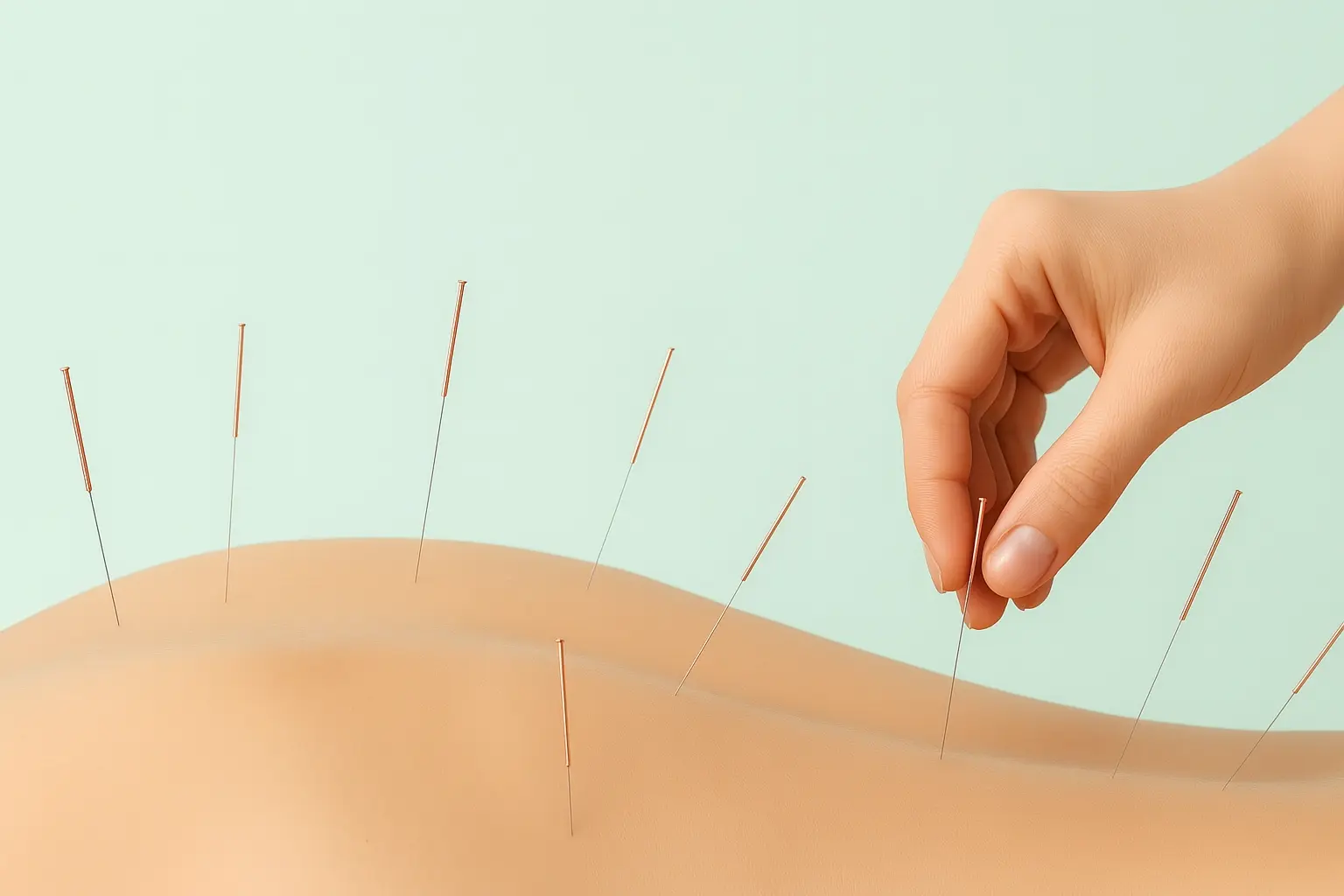
Moxibustion
A technique using gentle heat (heated mugwort sticks) on certain acupuncture points to :
- Toning up vital energy
- Warming the meridians
- Relieve muscle and joint pain
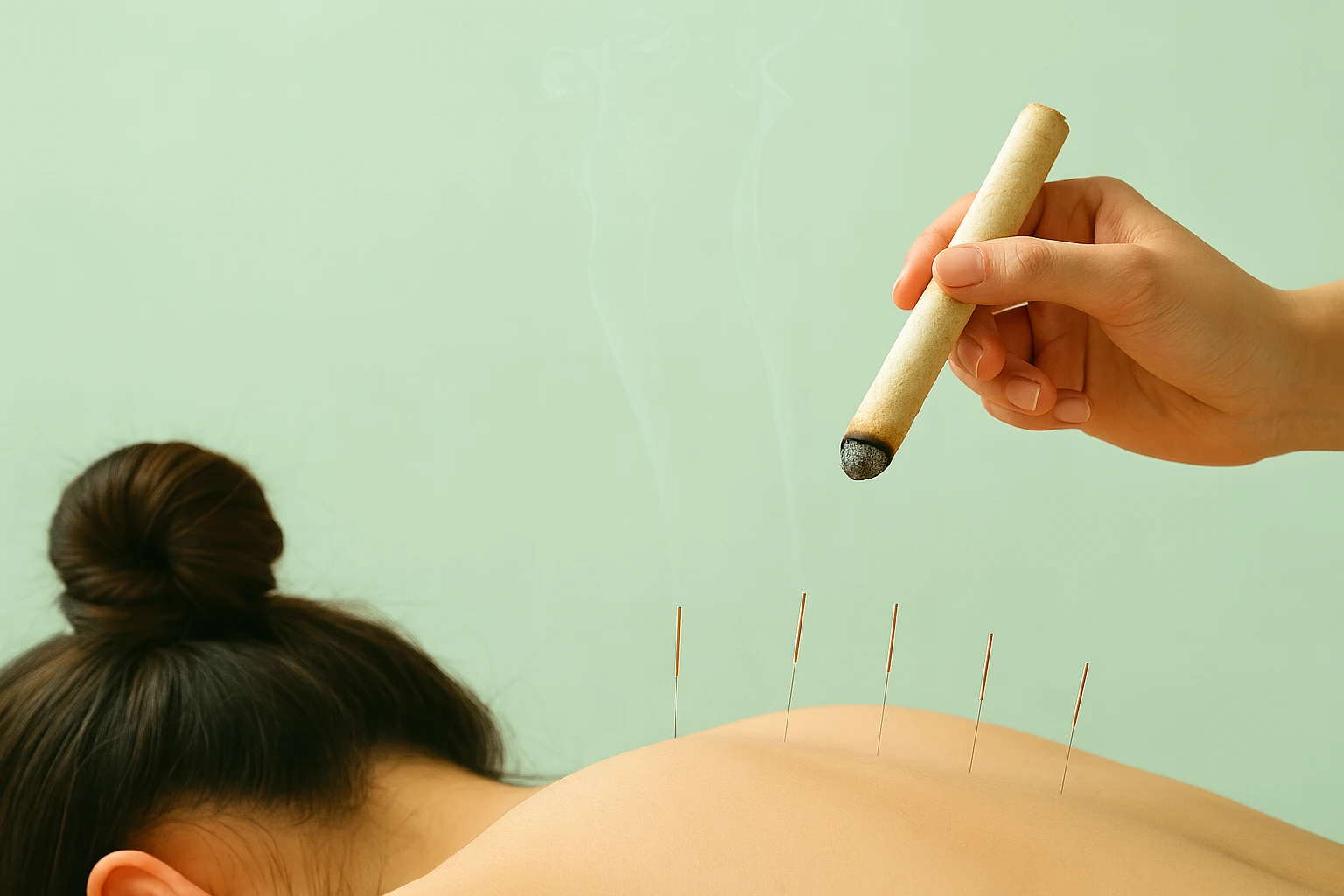
Suction cups
Use of glass suction cups for :
- Decongest tissues
- Relieve muscle pain
- Stimulate circulation
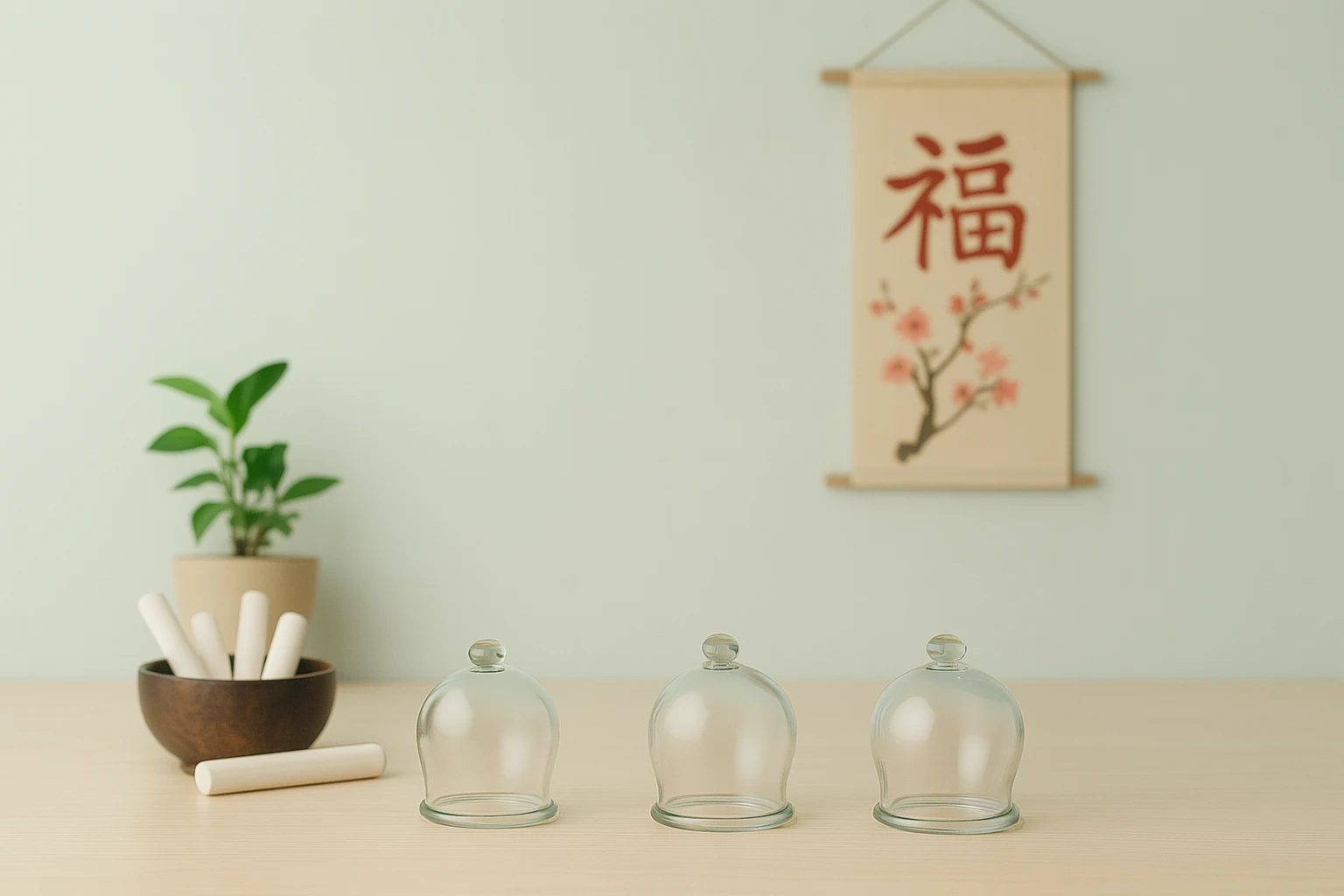
Auriculotherapy
Stimulation of points located on the ear (micro-system linked to the whole body) to :
- Managing stress and emotions
- Combating addictions (tobacco, sugar, etc.)
- Relieve certain types of pain
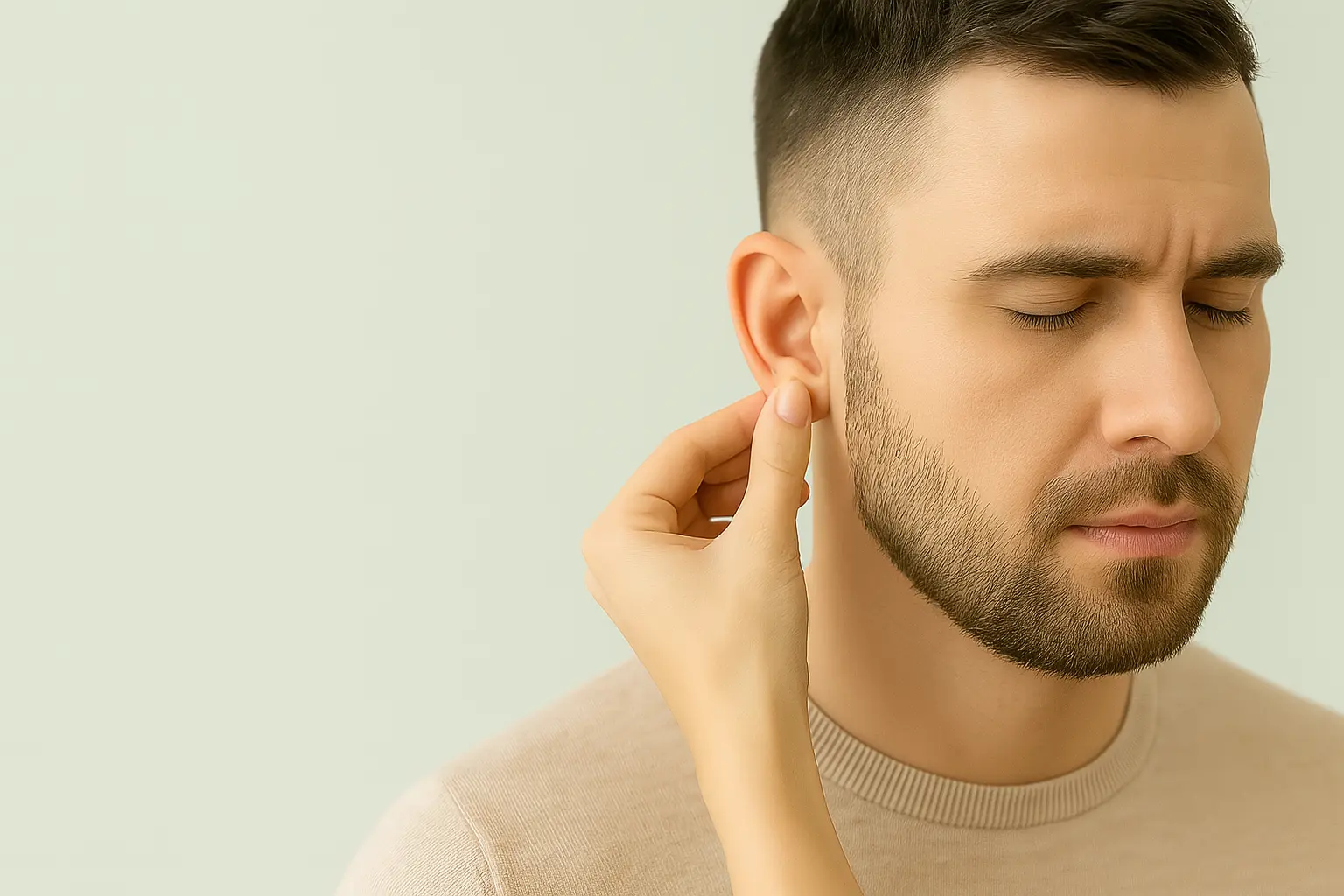
Chinese herbal medicine
Prescription of Chinese medicinal plants, in decoction, tablet or powder form, according to an energy diagnosis.
- Acts in depth on imbalances
- Complementary to acupuncture
- 100% natural
